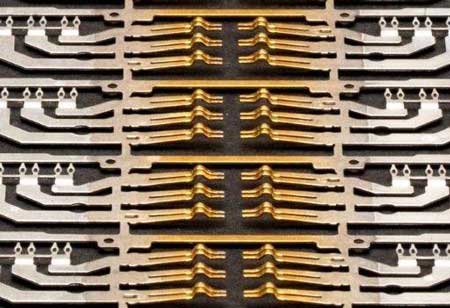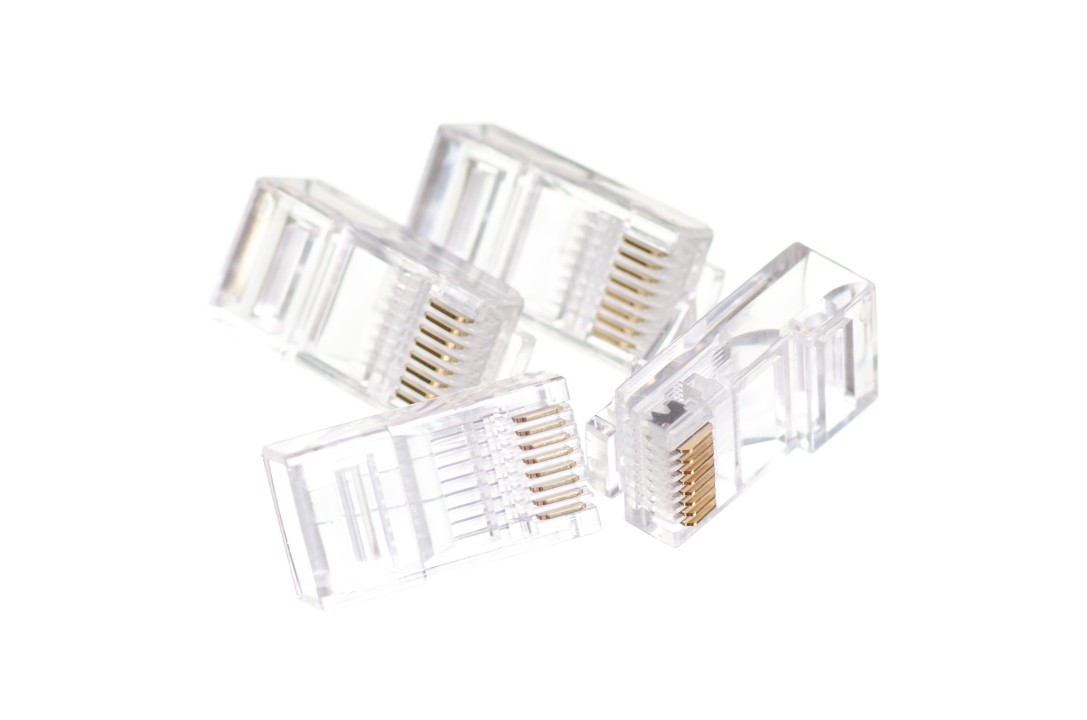Introduction:
Whether you're upgrading existing infrastructure or building new network architecture, understanding how SFP connectors support various cable types, enable flexible fiber-optic solutions, and simplify upgrades is crucial. In this guide, we explore the essential benefits of SFP connectors and why they're indispensable for modern data centers.
1.SFP Connectors for Fiber and Copper
One of the most practical advantages of SFP connectors is their ability to support both fiber optic and copper modules, making them incredibly adaptable for different cabling needs in a single, standardized interface.
In short-distance scenarios—such as connecting network switches within the same rack or equipment row—copper SFP module connectors (commonly known as SFP RJ45) are often the go-to solution. They support Gigabit Ethernet over familiar twisted-pair cables like Cat6, offering a plug-and-play experience with minimal cost. This makes them ideal for quick deployments or cost-conscious upgrades within tightly grouped hardware.
On the other hand, when network connections span across larger physical spaces—such as linking switches on separate floors or connecting core switches to distant aggregation points—fiber SFP modules are better suited. Fiber enables significantly higher transmission quality over longer distances while minimizing latency and electromagnetic interference. This makes it an essential choice in high-performance or high-density environments like large data halls and enterprise server farms.
What makes SFP connection truly powerful is its modular design. The same SFP port can accept either type of module, allowing users to switch from copper to fiber—or vice versa—without changing the underlying hardware. This not only simplifies planning and deployment but also reduces equipment turnover when upgrading or expanding the network.
With this level of versatility, SFP connection help data centers build scalable, future-ready networks that can evolve with changing demands—whether that means increasing bandwidth, reconfiguring layout, or extending connectivity across new infrastructure zones.

2.SFP Connectors: Single vs Multi-Mode
When working with fiber optic SFP module connectors, one of the first decisions you'll make is whether to use Single-Mode (SMF) or Multi-Mode (MMF) fiber. While both transmit data using light, they differ significantly in how they handle distance, speed, and deployment cost.
2.1Quick Comparison Table
|
Feature |
Single-Mode Fiber (SMF) |
Multi-Mode Fiber (MMF) |
|
Core Size |
Small |
Large |
|
Distance Support |
Up to 80 km or more |
Typically up to 500 meters |
|
Light Source |
Laser (precise, narrow beam) |
LED or VCSEL (scattered light paths) |
|
Signal Loss |
Very low (ideal for long distances) |
Higher over distance |
|
Cost |
Higher fiber & transceiver cost |
Lower overall system cost |
|
Use Case |
Campus links, metro networks, telecom |
Intra-data center, short device-to-device runs |
2.2 Which One Should You Use?
Use SMF when:
You need to link buildings, distant switches, or remote racks
Your network demands high-speed, high-clarity signals over long distances
You’re building a scalable core network or telecommunications infrastructure
Use MMF when:
You're operating within a single data center or server room
You want lower installation costs
You need simple, fast connectivity between nearby switches or devices
2.3 Modular Flexibility with SFP
The best part? SFP port connectors support both fiber types—as long as you choose the right transceiver module (e.g., SFP-LX for single-mode, SFP-SX for multi-mode). This means your hardware remains compatible and upgradeable, even if your cabling needs change over time.
In large data centers, it's common to use a mix of both: multi-mode fiber for short interconnections within a rack row, and single-mode for longer uplinks between rows or distribution layers. Thanks to the modular nature of SFP connectors, adapting to these needs is simple—no major rewiring or switch replacements required.

3.SFP Connectors and Hot-Swap Upgrades
One of the standout advantages of SFP connectors lies in their modular, hot-swappable design, which brings a high level of flexibility to both day-to-day operations and long-term network planning.
Each SFP port connectors functions as an open slot for a transceiver module, which can be inserted or removed without shutting down the switch, router, or server. This “hot-swap” capability minimizes service interruptions, allowing network teams to perform upgrades, replacements, or troubleshooting tasks without impacting connected users or applications.
For example, if you need to increase network capacity, you can simply remove a 1 Gigabit SFP module and insert a 10 Gigabit module—provided the switch supports higher speeds. There’s no need to change the entire piece of hardware, reconfigure cables, or power-cycle the device. This modular approach not only simplifies maintenance, but also makes bandwidth upgrades more cost-efficient and less disruptive.
This flexibility also enables phased network expansion. As bandwidth demands grow—whether due to additional users, applications, or infrastructure—you can scale your network incrementally by upgrading only the relevant SFP modules. This helps organizations stay responsive to changing needs without overcommitting resources or replacing fully functional equipment.
In essence, SFP's hot-swappable and upgrade-friendly architecture allows networks to adapt quickly, extend hardware lifespan, and reduce operational downtime, all of which are critical for keeping modern data centers efficient and resilient.
Learn more:
https://www.glgnet.biz/sfp-vs-sfp-cage-whats-the-real-difference
https://www.glgnet.biz/why-is-my-sfp-port-not-working-common-issues-and-fixes
Conclusion:
As data center requirements evolve, choosing the right connectivity solutions becomes increasingly important. SFP connectors offer unmatched versatility, supporting both fiber and copper modules, accommodating single-mode and multi-mode fibers, and enabling seamless hot-swap upgrades. Ready to elevate your data center connectivity? Explore the possibilities with SFP connectors today.